How Top trends show underdog brands are doing better than big brands
In the public eye, the weaker party is often more attractive. Why?
The reason might be an increasing willingness on the part of consumers to identify with the underdog. In today’s economically difficult times, it appears, underdog brands are gaining psychological, and real, power in the marketplace.
“IN TODAY’S WORLD, UNDERDOG NARRATIVES ADDRESS REAL-WORLD CHALLENGES AND ANXIETIES FACED BY INCREASING NUMBERS OF CITIZENS WORLDWIDE.”
The Consumer Appeal of Underdog Branding
Research explains how and why a “brand biography” about hard luck and fierce determination can boost the power of products in industries as diverse as food and beverages, technology, airlines, and automobiles. Key concepts include:
Why do we support under dogs in any part of life?
Often times, seemingly, there are more losers than winners in this world, in whatever the game or circumstance, and people usually go for “the under-dog.“ I think that it is so because the losers always enjoy the triumph of the “under-dog “ that seemingly give them the victory
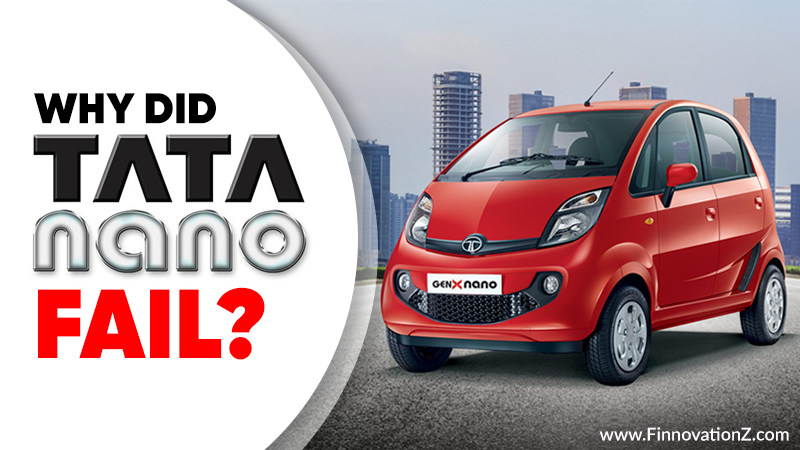
Underdog brand biographies feature two intertwined narrative threads: a seemingly disadvantaged position in the marketplace, coupled with the passion and determination to succeed.
Examples of “brands” that emphasize their underdog roots include Apple, Hewlett-Packard, Oprah Winfrey; candidates in the 2008 U.S. presidential election, Nantucket Nectars, and Clif Bar.
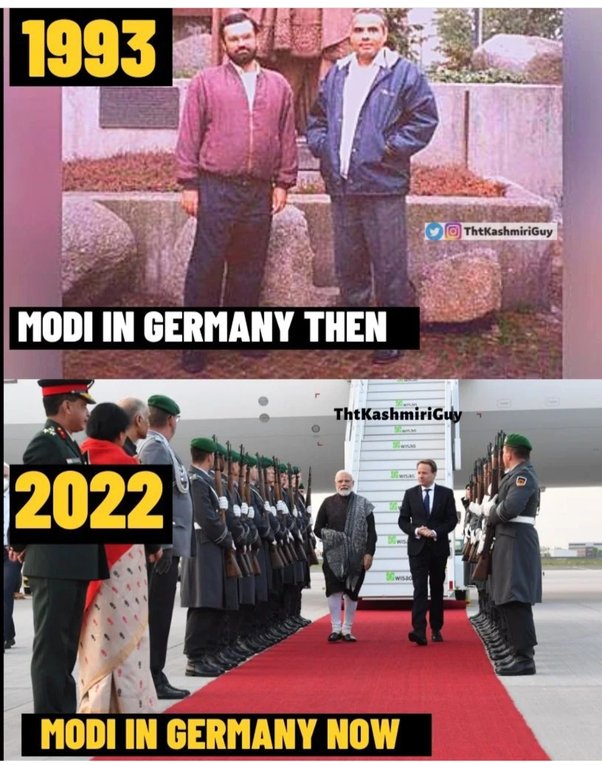
Underdog brand biographies resonate with consumers during tough economic times like those we live in. Popular stories about underdogs were prevalent during the Great Depression, too, and have been powerful around the world and throughout history.
Use brand biographies carefully. Not all products and services are appropriate for underdog narratives.
How do you define an underdog brand biography? What are some examples today?
The common themes that link these brands’ underdog biographies are
A disadvantaged position in the marketplace versus a “top dog,” a well-endowed competitor with superior resources or market dominance, and

Tremendous passion and determination to succeed despite the odds.
Why were Indians treated as under dogs…despite being and constantly achieving many things on the path?
However we forgot the roadmap to respect our own.We forget that with independence long back, we forgot our tryst with destiny was in our minds and hands.The spirit within growningly simmered but did’nt ignite into a torch persistently.
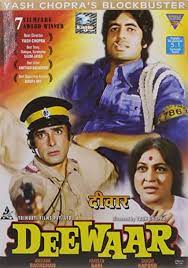
What does underdog mentality mean?
The underdog’s external environment is largely negative: Underdogs start from a disadvantaged position and hit obstacles along the way, making it a more difficult struggle for them than for others. In competition with others that have more resources, underdogs feel the odds are against them.
The underdog’s internal characteristics are largely positive: Underdogs show perseverance in the face of adversity and are resilient even when they fail, staying focused on their end goal. Their determination forces them to pick themselves up after they lose to try to win again. They defy others’ expectations that they will fail. They are more passionate than others about their goals, which serve a central role in defining the meaning of their lives, and they remain hopeful about achieving them, even when faced with obstacles.

What are the characteristics of an underdog brand?
Challenger brands may have the disadvantage of fewer resources, smaller budgets, and a shorter reach when it comes to marketing campaigns, but they can leverage their status in numerous ways to persuade discontented consumers to try something new.
That many of yesterday’s most famous challenger brands are now industry leaders in their own right demonstrates that it’s certainly a viable route to upending the status quo of an industry and rising to the top. But, ultimately, success relies on a strong understanding of the marketplace and knowing exactly how to frame your brand to encourage consumers to give it a try.
![]()
Many contemporary brand biographies contain underdog narratives. Product packaging, corporate Web sites, blogs, and marketing communications tell the biographical stories of brands.
There are lots of examples:

Avis’s classic slogan “we’re number 2” emphasized that it was playing second fiddle to a giant in the rental car business.
Kapil Dev’s success is largely attributable to his ability to construct a repeating biographical narrative involving failure, struggle, and redemption.

Why are underdogs so popular? How underdogs become brands?
Business houses forged their initial popularity with underdog narratives and “got its juice back” by reintroducing stories about its quirky founders and its underdog spirit in work culture.

How do underdogs succeed?How underdog brands grow?
Take advantage of opportunities to fail early on so you increase your chances of performing well later. If you make mistakes later on, persevere. Be determined to overcome the mistakes. Don’t let the nonbelievers win.
Brands such as Google, Himalaya,Nirma,Reliance,Tata,Wipro,Nike,Ford,Infosys and Apple celebrate their humble beginings or garage origins. Hewlett-Packard recently bought, and has a whole section on its Web site dedicated to, the garage in which it started. It is now a historical landmark.
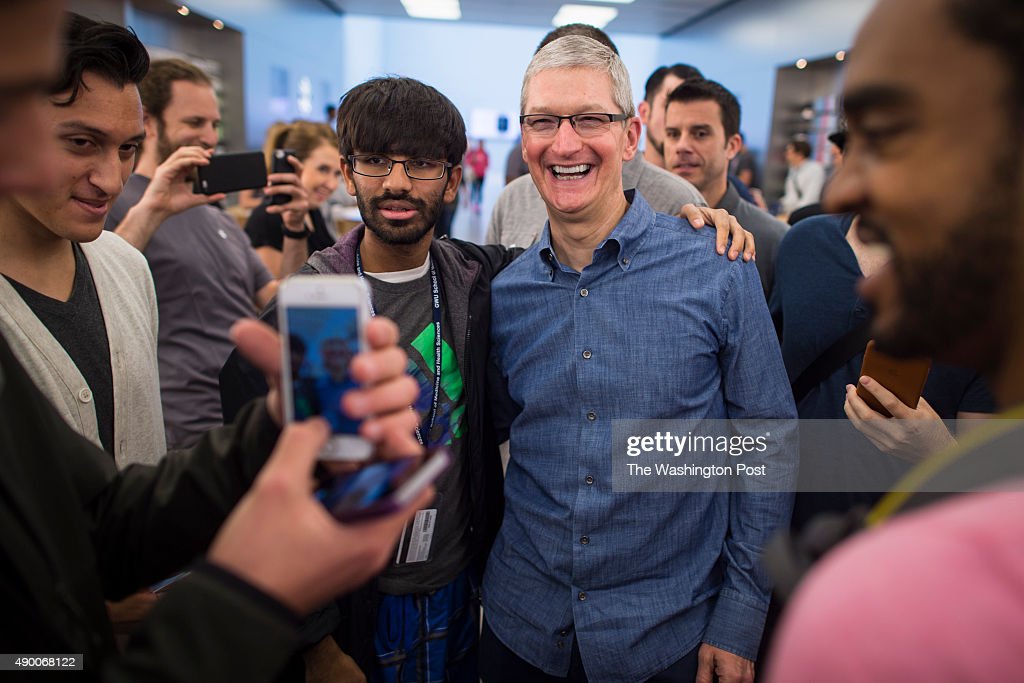
Why do underdog’s brands win?
Nirma,Wipro,TVS,ITC,Parle in an effort to reverse declining sales, freqently launch Products , which emphasizes the brand’s humble market driven culture and down to earth beginnings.
Adidas’s “Impossible Is Nothing” campaign emphasized the underdog stories of famous athletes.

Why do people love underdog brands?
Most of the time the underdog is the one with nothing to lose because he or she has NOTHING. Therefore, they’re not controlled by endorsements, new trends nor are they trying to fit in.
Whatever their objective is they just want to execute it and will do so by any means necessary. That could come in the form of freedom fighters,Priest,Business Tycoon,Sports person,Movie actors or a Local leader that is loved by people in the inner cities but soon as he tries to go up the ladder by becoming President/Prime minister of a Country, the odds are against them to actually win.
It could even come in the form of an entertainer that uses their music to attack the government and privately owned businesses instead of using their music to brag about committing crimes or bragging about how many cars and money they have.
The underdog brand is usually the one that’s doing the opposite of what everyone else is doing. Most of the time their rebellious behavior makes them a threat to a lot of people in the comfort zone.
![]()
Why does the world always stick up for the underdog?
How do you notice this trend? How do you study it in-depth?
A market scan of contemporary branding practices also indicated a rise in underdog positioning across a diverse group of brands.
Given that psychological research has shown that people want to associate themselves with winners (and therefore with winning brands), we thought it was interesting that brands would try to position themselves as underdogs, because the underdog is the one expected to lose.
What is an example of a underdog?
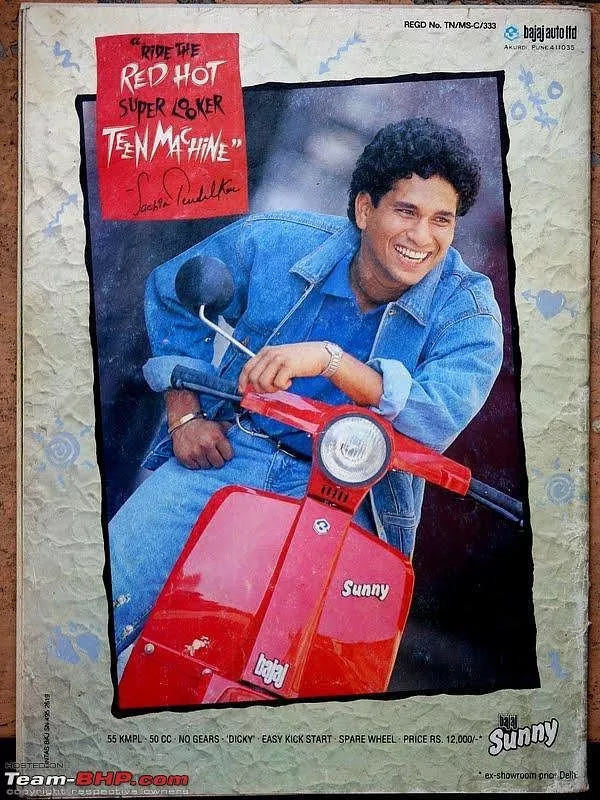
Burn Your Ships: A History Lesson About How to Be a Great Leader
If you are a history buff, you may know the story of Cortés and the burning of his ships. In the year 1519, Hernán Cortés arrived in the New World with six hundred men and, upon arrival, made history by destroying his ships. This sent a clear message to his men: There is no turning back.
Two years later, he succeeded in his conquest of the Aztec empire.
As leaders taking our people into new territories as unknown and potentially hazardous as did Cortés, we need to ensure those we are leading that there is no turning back. He knew how to be a great leader. We need to be certain there is no off-ramp our people can use to avoid the challenges of our own new business worlds. We need to burn the ships.

What Does Burning the Ships Mean Today?
We’re long past the days of conquistadors, but the story of burning the ships is as relevant as ever. I bet you’re already thinking of some aspect of your company that needs attention right now, that needs your leadership. If you leave the ships in the harbor, your people will see that you’re not fully committing to the transition needed. If you’re not fully committed, why should they be? By burning the ships, by removing any available path back to the previous way, your team will become as fully committed as you obviously are.
![]()
Here are some examples from the organizations we work with:
Commit to a New Sales Structure. When you commit to a new sales structure, commit to it in every way and make sure everyone on your team can see that you are.
Update Sales Talent. If you need to upgrade your sales talent, select the right tool, use it fully and consistently, and don’t waver in your use of it.

Eliminate Dead Weight. Remove people who are standing in the way of the organization moving forward.
Embrace New Training. If your team is adopting a new training program, be sure they’re fully immersed in it and they are implementing the practices.

Burning your ships doesn’t mean you can’t ever change course or decide that a current pursuit is not working. But no change process has a chance of working if your team has an off-ramp.
Where can you burn ships in your business? In your life? Look inside yourself and see where you’re having a hard time committing. Is it because the ships are still in the harbor? Burn ’em. Force commitment. And see what happens.
![]()
Underdog brand or Top Dog Brand Story? The Role of Self-Construal and Need of Uniqueness
Brand Story
Brand is an important variable in marketing and effective communication with different means can effectively enhance the brand image and promote purchase intentions..
In recent years, brand stories as a communication mean have emerged as significant marketing constructs and are widely used in marketing communication, which is defined as a means to convey the meaning of products and brands to customers (Lin and Chen, 2015).
Elements such as origination, innovation and development, benefits and values, and visions can all be conveyed through a brand story . Storytelling is widely used as a customer engagement strategy (Van Laer et al., 2019).

Consumers can understand and perceive a brand through relevant associated stories . Through these stories, consumers can understand the information and value of brands and products more clearly and quickly .
Storytelling has become an important component in persuading a broad audience (Manning and Bejarano, 2017). It has a positive impact on consumers’ brand emotions, attitudes, and behavioral intentions . One of the reasons storytelling can affect people is stories’ ability to evoke people’s emotions (Escalas, 2004) and make customers feel more engaged , causing consumers to experience pleasure and happiness . Moreover, storytelling inspires a sense of authenticity
 .
.
Brand stories are more effective than other methods for transmitting advertising information. They not only improve consumers’ willingness to buy as well as their loyalty but also smoothly create brand differences and bring consumers closer to brands . Therefore, controlling the power of a brand story is an effective way to establish a brand–consumer relationship and build strong brands and brand loyalty

Underdog brand and Top Dog Brand Stories
Brand stories can appeal to a variety of themes and values. Paharia et al. (2011) proposed four types of brand stories: underdog, privileged achiever, victim, and top dog.
Underdogs are expected to lose the contest or struggle, as in sports or politics, and are at a disadvantage. The opposite of the underdog is the top dog, who is the favorite or the one expected to win in a competition.
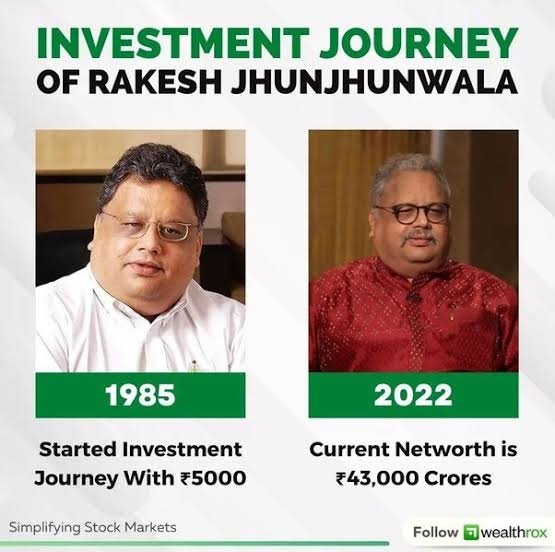
In the underdog brand story, the brand is described as being at an external disadvantage and lacking resources, but it has an indomitable spirit and maintains the enthusiasm and determination to pursue success through the brand story. In the top dog brand story, the brand is described as having abundant resources; it succeeds in the market by relying on its strong advantages.
![]()
However, compared with the underdog brand story, its enthusiasm and determination are relatively low. Although the underdog is regarded as an undesirable and defeated party, it often arouses people’s recognition and support, and they expect that the underdog will be able to reverse the predicament and overcome the top dog .
The underdog brand story depicts an emerging trend in brand marketing, where enterprises narrate a historical review of their humble origins, scarce resources, and determined struggle against hardship. An underdog brand story comprises two fundamental elements: external disadvantage and passion and determination .

Being an underdog is extraordinary . Early research has shown that the underdog position can help small firms compete with large ones . As such, many marketers choose to position their brand as an underdog in the market rather than as a top dog .
Many studies have investigated the positioning of underdog brands and their positive effects, confirming consumers’ motivation to support underdog brands .

Further study found that the characteristics of the target entity (importance of consequence and self-relevance) and consumers (underdog disposition, identification, and emotions) concluded that when consumers have a trade-off between brand quality and other brand attributes, underdog brand positioning will have a negative impact on purchase intention. also showed that when consumers’ physical or material interests are threatened, they will abandon the underdog and support the top dog.
The boundary conditions (brand status, brand identification, firm characteristics, personal control, type of service providers or transgressions, product type, and psychological experience of power; of the underdog effect .

Need of Uniqueness
Individuals may think that being highly similar to others is unpleasant or may even view it as a threat to themselves . To satisfy their desire for uniqueness, consumers obtain, use, and dispose of products that meet their desired personal and social identities . Research has shown that consumers’ purchasing decisions, consumption, and behaviors meet their need to maintain and promote their uniqueness .

Consumers with a high need for uniqueness pay more attention to self-expression, establish an independent identity, use distinctive brands and make more risky decisions . Researchers have found that the need for uniqueness may also promote unconventional or even irrational decisions and behavior, such as a preference for more expensive products (Amaldoss and Jain, 2005) or liking an encounter that includes social discomfort.
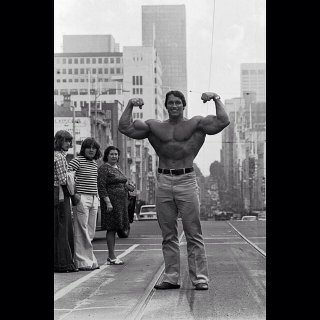
“BRAND BIOGRAPHIES CAN BE USED TO AVOID ANTICORPORATE CONSUMER BACKLASH AND MITIGATE THE ‘CURSE OF SUCCESS.’ ”
Because the underdog narrative is an underexplored topic in consumer research, we first studied the dimensions of an underdog narrative to better define and test the construct of an underdog brand biography. We identified two important narrative components: a disadvantaged position versus an adversary, and passion and determination to beat the odds.

“Stories about underdogs are pervasive across cultures and throughout history, and appear in ancient religious texts, as well as in modern literature, art, film, and politics.”
What makes underdog brand biographies especially prevalent and popular now?
Underdog stories about overcoming great odds through passion and determination are particularly resonant during difficult times. They inspire and give hope when the outlook is bleak. They promise that success is still possible in challenging social, political, and economic times.
World Citizens throughout history have embraced the American Dream, which proclaims that through hard work and perseverance anyone can be successful, regardless of class, caste, religion, race, or ethnicity. Underdog narratives may be particularly salient at the current moment because historical opportunities to advance are in jeopardy.
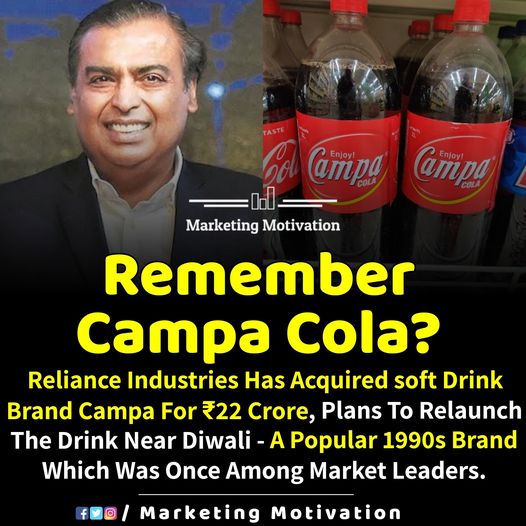
In today’s world, underdog narratives address real-world challenges and anxieties faced by increasing numbers of Americans. Recession, inflation, and the financial crisis of 2008 have intensified anxieties. For the last three decades, distributions of income and wealth have grown more unequal, and rates of socioeconomic mobility have declined. Millions of households have had to work longer hours, add additional income earners, and devote more effort to succeed on the job.

Underdog stories have always been popular during difficult economic times. The Great Depression, for example, spawned many of the great underdog stories in history:
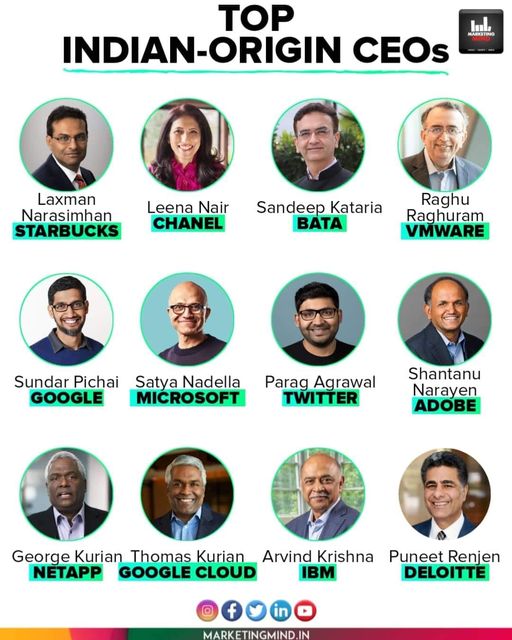
What can you learn from the underdogs?
So what do all of these stories have in common? Despite the potential negatives, each brand has created a positive and inspiring campaign.
Listen, learn and respond
All these campaigns are grounded in listening to what people are really saying. There’s the good, like Post-It’s celebration of customers’ different ways of using its product, and the bad, like Skoda’s past reputation. Customer sentiment towards a brand, positive and negative, is the insight powering each of the campaigns.
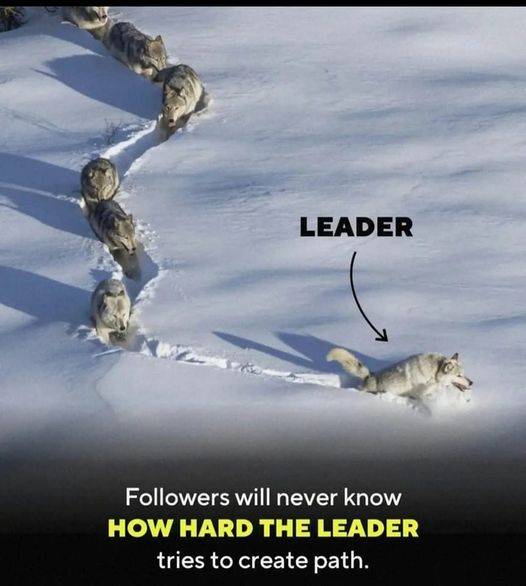
Give creatives a long leash
For product launch and positioning, lateral thinking and a creative exploration of the stories around a product have been used to develop campaigns that bring their value into focus. A creative-led approach like this requires free reign for creatives to find the hook that will embed their message in a memorable way.

Move beyond your context
These brands have challenged themselves to break the boundaries of their contextual setting and make a leap for new ground. There’s none of the ‘me too’ mindset that creates similar campaigns across a product category. Each of these examples is disruptive in its own way.

Use humour to soften challenging ideas
Challenges viewers in a way that could be confrontational if it weren’t for the humorous delivery. Add just enough tongue-in-cheek plunging into a psychedelic fantasy world with a good dose of humour is the way to get around a potential embarrassment factor.

When Cortez burnt his ships, he not only denied his men a way back, but more importantly, he denied himself that same option. If things went badly he would suffer the same consequences of his decision as his men would.

Today, a CEO may decide to dramatically alter the course of the business they lead, but if things don’t workout, the people working for them in that business (the foot soldiers) end up paying the price (unemployment) while the CEO’s and upper management (generals and senior officers) usually just go to the next business via the ‘old boys’ network.
Seldom do the CEOs suffer equally, from the decisions they make, with the people who work under them.

Cortez’s point is one of strategy, not one of history or geopolitics. Sun Tzu, too, taught armies to burn their ships and destroy the bridges behind them as they advanced into new territory… and that soldiers without the option of taking flight are more likely to prevail over their objective.

If a sales team can choose the often more comfortable path of sailing back to their old, comfortable ways… they are less likely to focus forward. In an age of such frequent innovations and disruptions across so many industries, “the way we used to do it” is a terrible place to hide.

Top most festival Products FMCG consumers search today
World Wide Festive Trends Decoded What Indian festive consumers seek...
Read MoreHow right selection of FMCG Salesmen improves brand market share
How can FMCG Companies improve salesman’s technique in order to...
Read MoreHow most searched Fmcg sales and marketing words help newbie salesman
Why undestand FMCG sales management? Sales management is the process...
Read MoreHow Successful FMCG Salesman Starts his Day, a guide
How does one become a good sales executive in the...
Read More


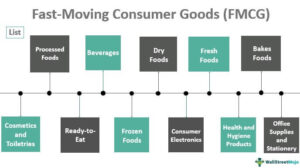




Pingback: Health and Life Insurance Pays when There is A Loss of Asset
Pingback: Active social media+Persistent SEO+Offers=Online sales
Pingback: Case Study Examples of Social Ads That are Just Plain “Woke”
Pingback: Movie Experience + Movie Star Perception = Brand Birth